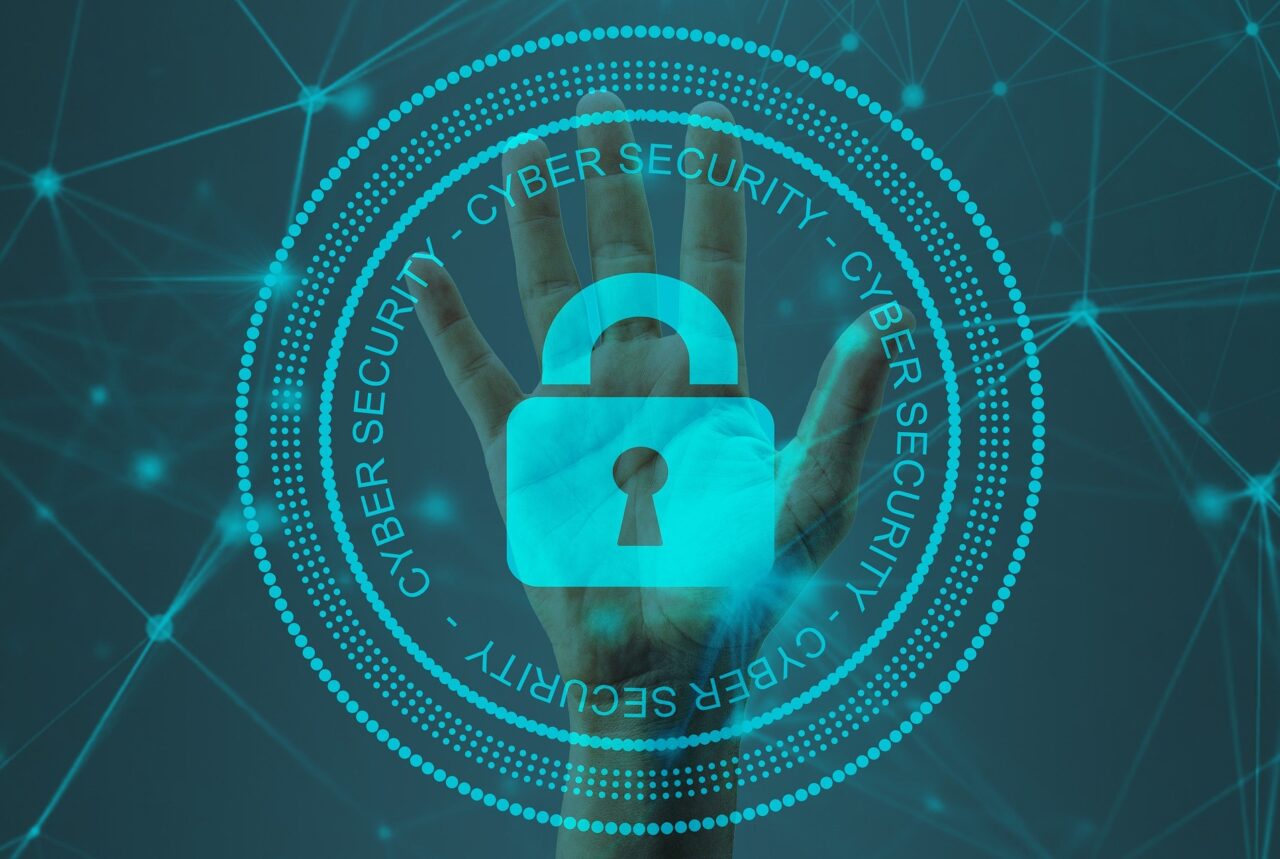In the realm of scientific breakthroughs, few have generated as much excitement and controversy as CRISPR-Cas9, a revolutionary gene-editing technology that has transformed the way we think about modifying genetic material. CRISPR, which stands for “Clustered Regularly Interspaced Short Palindromic Repeats,” along with the Cas9 enzyme, enables scientists to make precise modifications to DNA, offering a potential solution to genetic diseases, agricultural challenges, and even climate change. However, with great power comes great responsibility, and the ethical implications surrounding CRISPR have ignited heated debates about the ethical boundaries of altering the fundamental building blocks of life.
Understanding CRISPR-Cas9: A Genetic Toolkit
CRISPR-Cas9, originally discovered as a bacterial defense mechanism against viruses, has been harnessed as a powerful tool for editing genes across various organisms, including plants, animals, and humans. At its core, the technology utilizes a guide RNA molecule that targets a specific DNA sequence, while the Cas9 enzyme acts as molecular “scissors” to cut the DNA at the desired location. This break in the DNA strand can be repaired by the cell’s natural repair mechanisms, introducing changes in the process. These changes can range from gene knockout (disabling a specific gene) to gene insertion (adding new genetic material) or gene correction (fixing a mutation).
The Potential for Medical Advancements
One of the most promising applications of CRISPR lies in the field of medicine. Researchers are investigating the technology’s potential to treat genetic disorders such as sickle cell anemia, cystic fibrosis, and muscular dystrophy. By correcting the underlying genetic mutations responsible for these conditions, CRISPR could offer a revolutionary approach to personalized medicine, potentially leading to long-lasting and curative treatments. Additionally, the technology has shown promise in creating genetically modified immune cells for cancer therapy and enhancing the understanding of complex diseases.
Ethical Considerations
While the scientific possibilities of CRISPR are undeniably exciting, they also raise profound ethical concerns. The power to modify genes presents a range of ethical dilemmas that require careful consideration. Some of the key ethical questions include:
- Designer Babies: With the ability to edit genes that contribute to physical traits and even intelligence, the idea of “designer babies” becomes a reality. This raises concerns about exacerbating social inequalities, creating unrealistic beauty standards, and reducing the diversity that makes the human experience rich and varied.
- Unintended Consequences: The long-term effects of gene editing are not fully understood. Introducing changes to one part of the genome could potentially lead to unintended consequences elsewhere, with unpredictable impacts on an individual’s health or even future generations.
- Germline Editing: Editing the germline cells (eggs and sperm) could result in heritable changes that affect future generations. This raises significant ethical questions about playing with the genetic legacy of humanity, as the consequences of such edits would be passed down for generations to come.
- Playing God: Critics argue that gene editing crosses a moral boundary by allowing humans to take control over the genetic makeup of living beings, leading to concerns about the blurring of ethical lines and the potential for unforeseen outcomes.
Toward Responsible Gene Editing
As the ethical debates surrounding CRISPR intensify, it is essential to find a balanced approach that harnesses the technology’s potential while addressing its ethical implications. Transparency, collaboration, and international guidelines are critical to ensuring that gene editing is conducted responsibly and for the greater good. Governments, scientific communities, and regulatory bodies must work together to establish clear regulations that outline the acceptable applications of CRISPR and prevent its misuse.
CRISPR-Cas9 represents a remarkable leap forward in our ability to manipulate genes with unprecedented precision. Its potential to revolutionize medicine, agriculture, and various other fields is awe-inspiring. However, the ethical implications surrounding this technology cannot be overlooked. We stand at a crossroads where we must navigate the fine line between scientific progress and responsible innovation. As we continue to unravel the mysteries of our genetic code, it is imperative that we approach gene editing with caution, humility, and a deep sense of ethical responsibility to ensure that the power of CRISPR is harnessed for the betterment of humanity.









